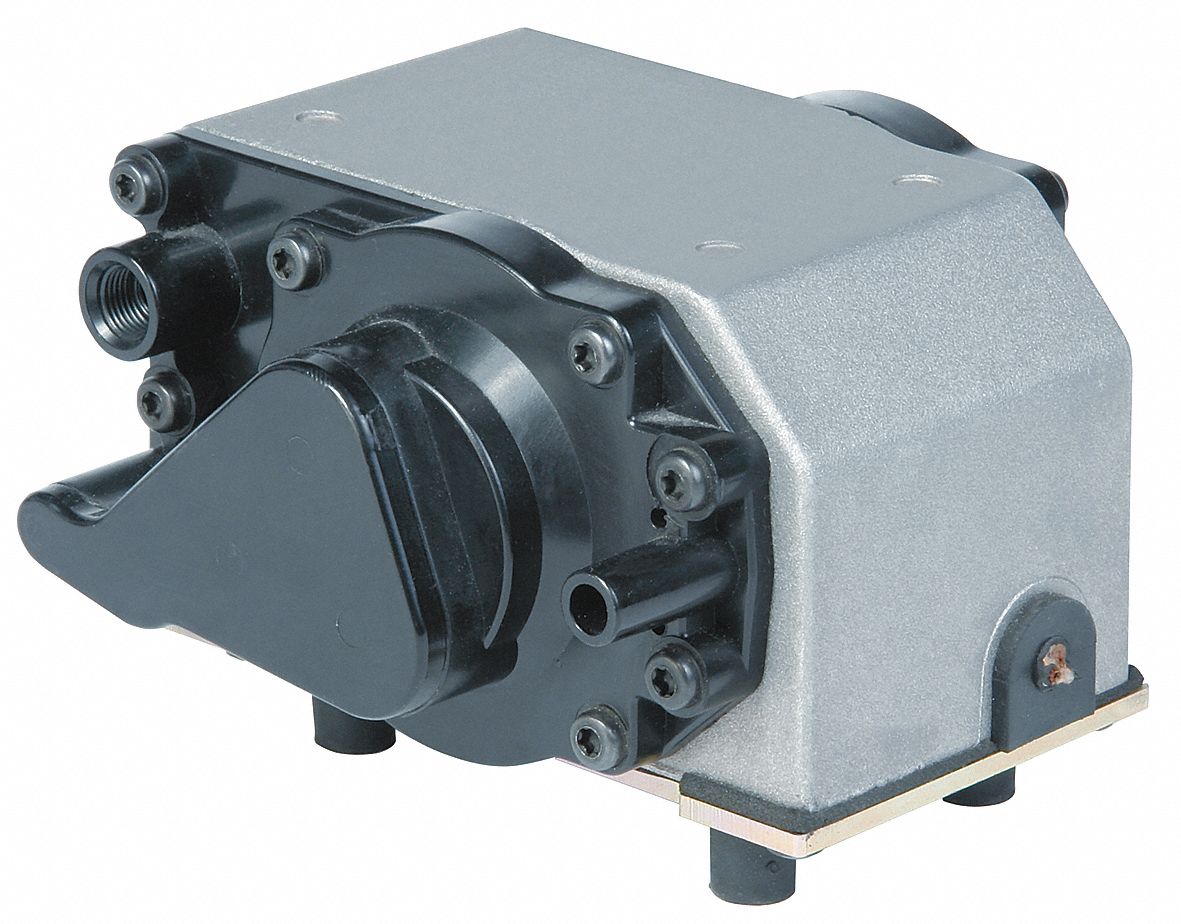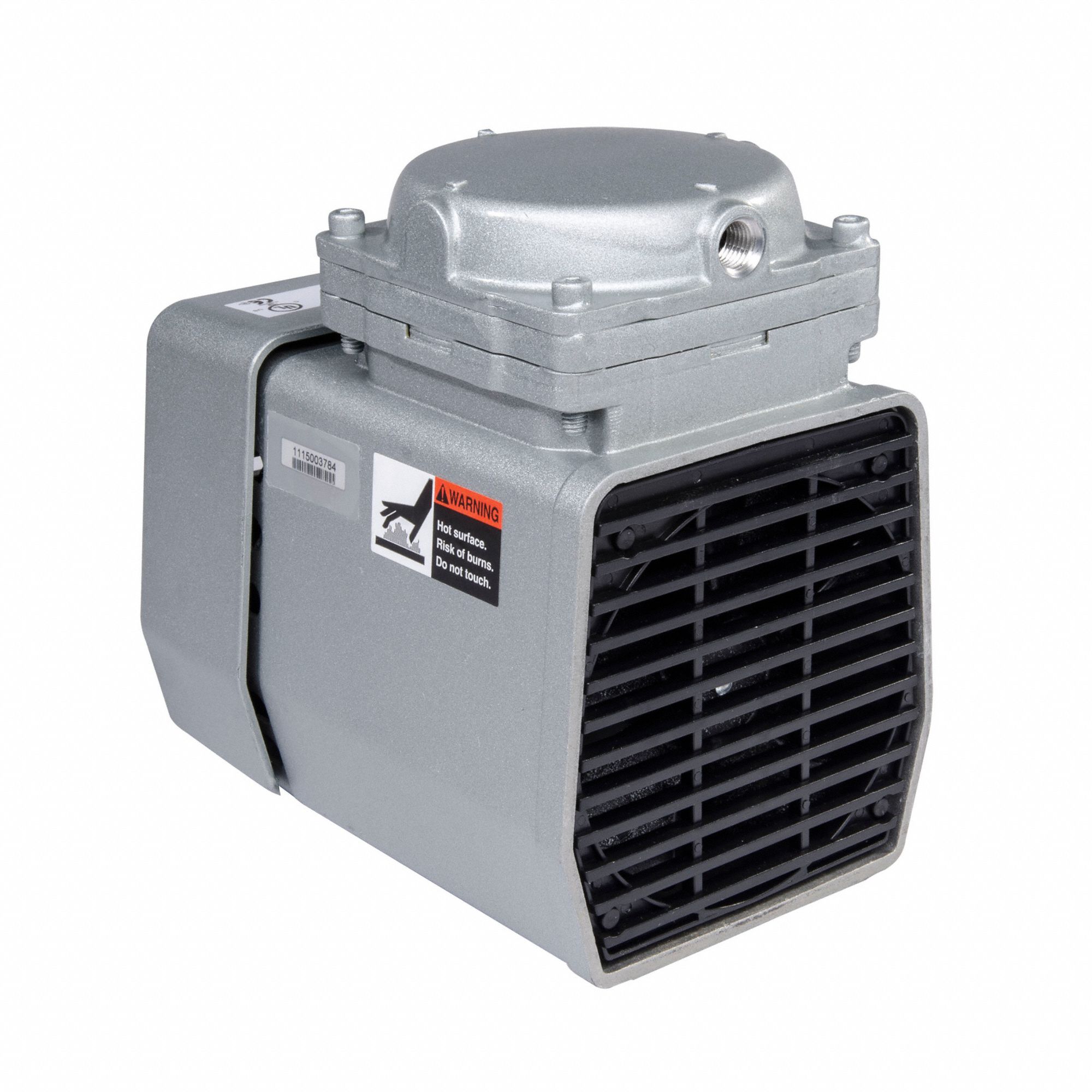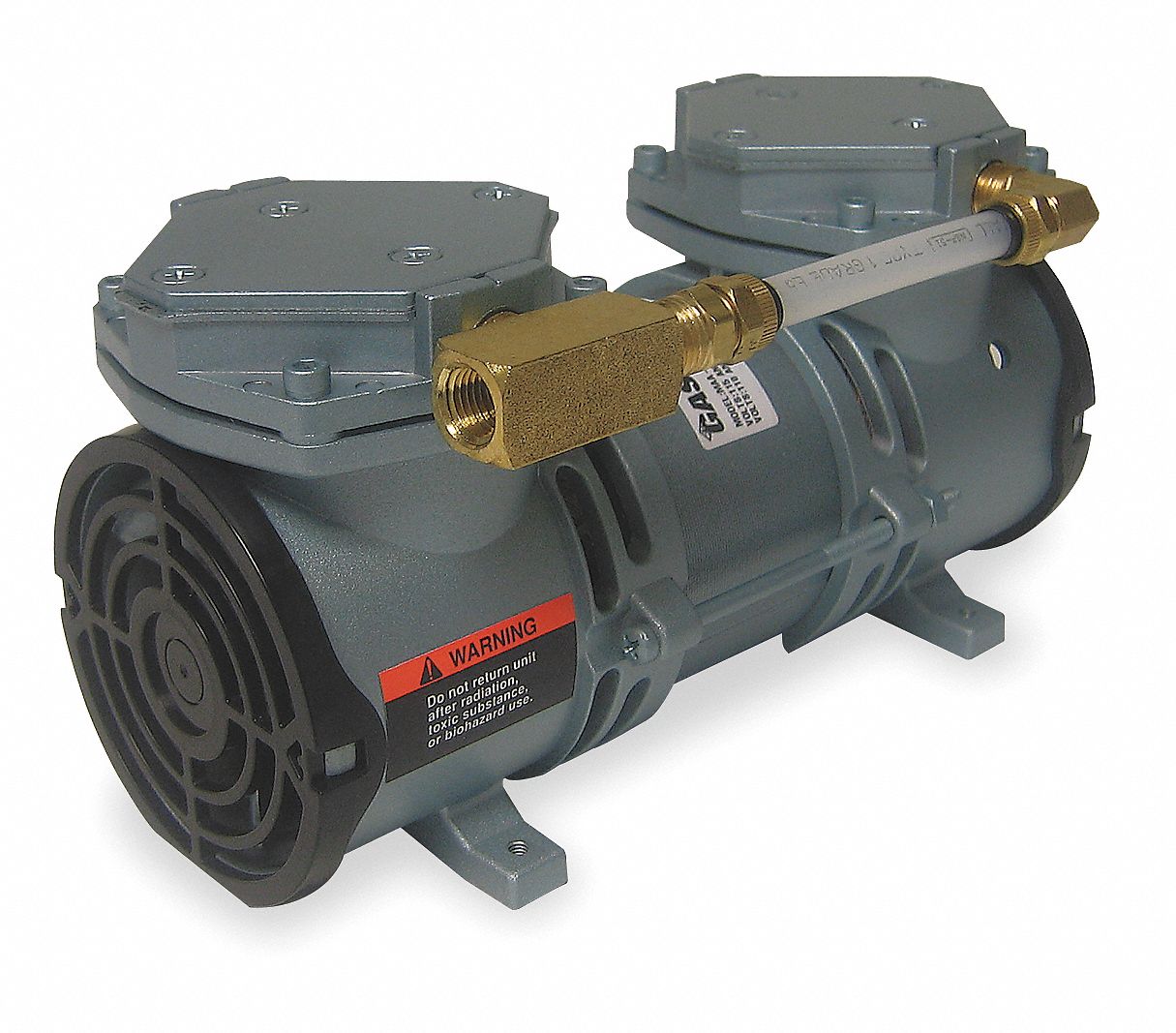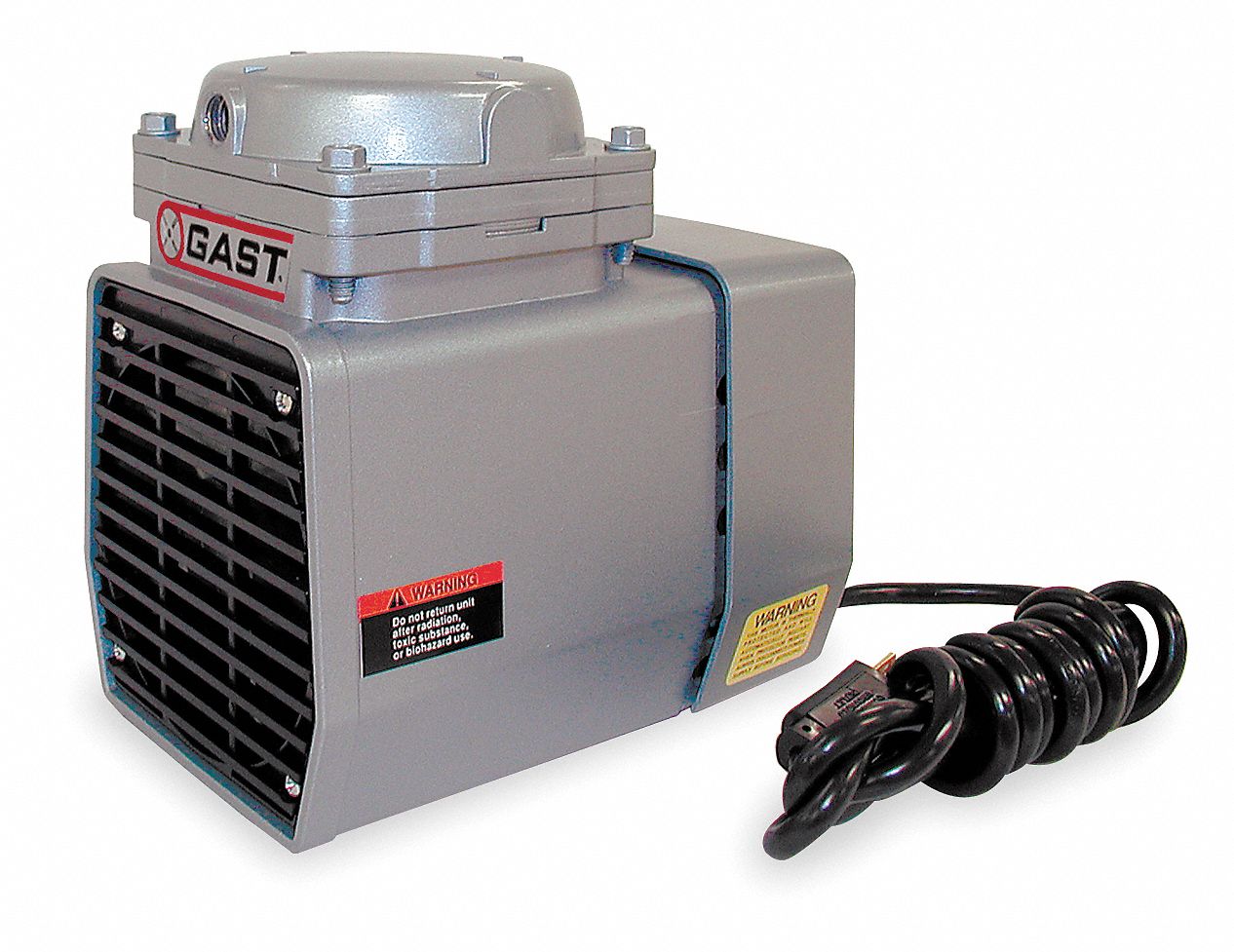AC Compressor Vacuum Pump Deep Dive
Ever wonder how your AC system stays frosty and efficient? It's more than just refrigerant—it's the unsung hero, the AC compressor vacuum pump. This nifty device is the key to a smooth-running AC, ensuring your comfort during scorching summers and chilly winters. But what exactly does it do? Let's dive into the intriguing world of AC compressor evacuation and discover the secrets behind this crucial component.
An AC compressor vacuum pump, also known as an AC vacuum pump or refrigerant evacuation pump, is a specialized tool used to remove air, moisture, and other non-condensables from an AC system. This process, known as evacuation, is critical before charging the system with refrigerant. Think of it like prepping a canvas before painting a masterpiece—you need a clean slate for optimal results. Similarly, a properly evacuated AC system ensures efficient refrigerant flow and prevents damage to the compressor.
The history of the AC compressor vacuum pump is intertwined with the development of refrigeration technology itself. As AC systems became more complex, the need for effective evacuation methods became evident. Early methods were crude, but the basic principle remained the same: create a vacuum to draw out unwanted elements. Today, AC vacuum pumps are sophisticated pieces of equipment, designed for speed, efficiency, and precision.
Why is the AC compressor vacuum pump so important? Imagine trying to cool your house with a garden hose full of air bubbles. It wouldn't be very effective, would it? The same principle applies to your AC. Air and moisture in the system can drastically reduce cooling capacity, increase energy consumption, and even damage vital components like the compressor. A vacuum pump ensures these contaminants are removed, allowing the refrigerant to work its magic unimpeded.
One common issue related to AC compressor vacuum pumps is improper usage. Failing to achieve a deep enough vacuum or not allowing sufficient evacuation time can sabotage the entire AC system. This can lead to reduced cooling performance, increased energy bills, and premature compressor failure. Understanding how to properly use an AC vacuum pump is essential for maintaining a healthy and efficient AC system.
Three key benefits of using an AC compressor vacuum pump are improved cooling efficiency, extended compressor lifespan, and reduced energy consumption. By removing air and moisture, the refrigerant can absorb and release heat more effectively, resulting in a cooler space. A clean system also reduces stress on the compressor, extending its operational life. And, of course, a more efficient system translates to lower energy bills.
Advantages and Disadvantages of AC Compressor Vacuum Pumps
| Advantages | Disadvantages |
|---|---|
| Improved cooling efficiency | Initial cost of the pump |
| Extended compressor life | Requires technical knowledge for proper use |
| Reduced energy consumption | Time-consuming process |
Best Practices for using an AC Compressor Vacuum Pump:
1. Proper Sizing: Choose a pump appropriate for the size of the AC system.
2. Leak Testing: Perform a leak test before evacuation to ensure a tight system.
3. Deep Vacuum: Achieve the manufacturer's recommended vacuum level.
4. Evacuation Time: Allow sufficient time for complete evacuation.
5. Micron Gauge: Use a micron gauge to monitor the vacuum level.
FAQ:
1. What is an AC compressor vacuum pump? - A device that removes air and moisture from an AC system.
2. Why is evacuation important? - It ensures efficient refrigerant flow and prevents damage.
3. How long should I evacuate? - Consult the manufacturer's recommendations.
4. What is a micron gauge? - A device that measures the vacuum level.
5. What happens if I don't evacuate properly? - Reduced cooling, higher energy bills, and potential compressor damage.
6. Can I use any vacuum pump? - No, use a pump specifically designed for AC systems.
7. How do I maintain my vacuum pump? - Regular oil changes and proper storage are key.
8. Where can I learn more? - Consult HVAC resources and manufacturer's guides.
In conclusion, the AC compressor vacuum pump is a vital tool for maintaining a healthy and efficient AC system. Its role in removing air, moisture, and other non-condensables is crucial for optimal refrigerant performance and preventing compressor damage. Understanding its function, benefits, and proper usage is essential for anyone working with AC systems. From improved cooling efficiency to extended compressor lifespan, the benefits of proper evacuation are clear. By following best practices and staying informed, you can ensure your AC system operates at its peak performance for years to come. Invest in a quality AC compressor vacuum pump and learn how to use it correctly. It's an investment in your comfort and the longevity of your AC system. Don't underestimate the power of a good vacuum – it's the secret weapon in the fight against summer heat and winter chills.
Navigating virginias public holidays
Psychological projection the pot calling the kettle black
Navigating healthcare costs with aarp supplemental insurance














